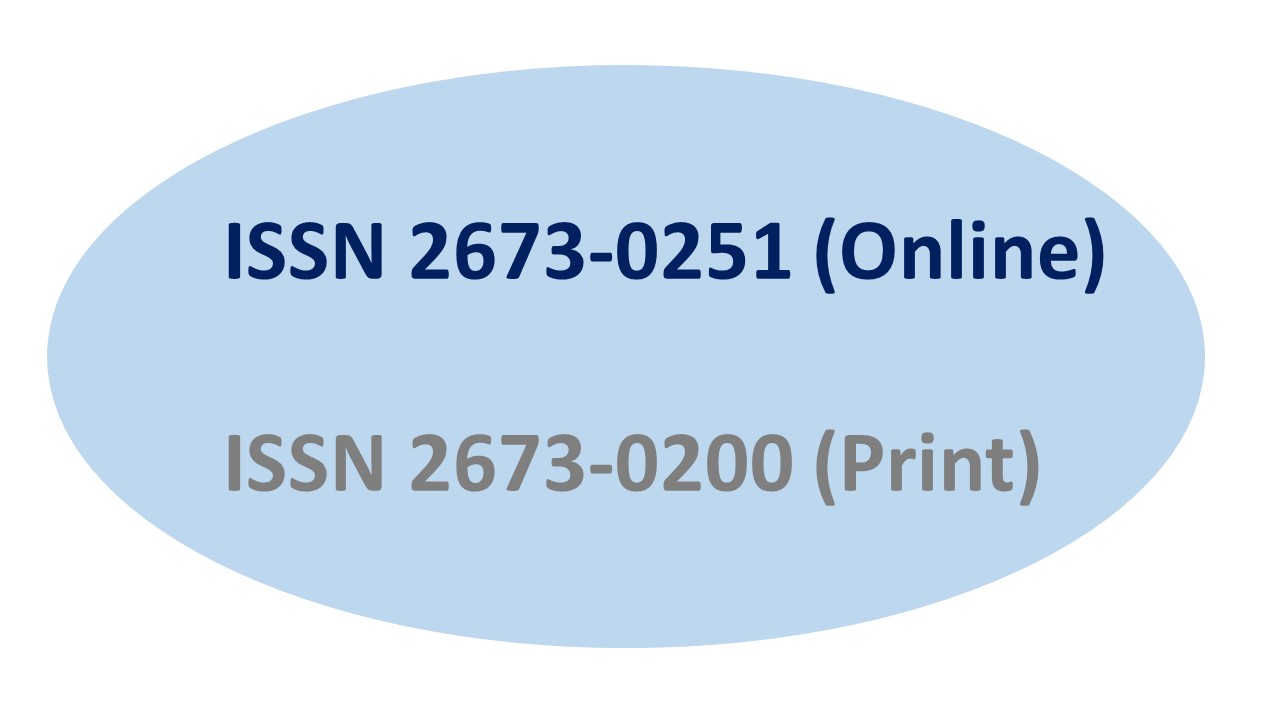Health Risk Behaviors of Formaldehyde Exposure among Salon Workers in Nakhon Si Thammarat Province, Thailand
Keywords:
Health Risk, Formaldehyde, ExposureAbstract
An exposure study was conducted to characterize potential formaldehyde exposure of salon workers and clients during hair treatments. We also studied knowledge, attitudes, and behaviors on chemical usage of the formaldehyde among salon workers and assessed their health risk protection behaviors. Data from a total of 55 salon workers who worked at 39 different salon beauty shops were collected. Results were analyzed based on tasked sampling and treatment sampling. Most workers were female (96.4%) with an average age of 37 years old. A majority of workers graduated from lower or upper secondary schools (56.4%), are married (52%), and earn an average income of 15,372.7 Baht per month. Most salon workers had moderate or high knowledge of formaldehyde (80%), and had high attitude towards chemical management (56.4%), and had low level of formaldehyde risk of practice (70.9%). A health risk assessment based on the average concentration of formaldehyde revealed that the risk probability of cancer ranged from 8.34 in 109 to 1.00 in 103, with 30 beauticians exceeding the acceptable risk level. Cancer risk probability ranged from 1.97 in 108 to 1.40 in 103 based on the maximum concentration, with 31 beauticians exceeding acceptable risk level. Result of non-cancer risk assessment revealed that the risk ranged from 0.018-13.216 based on the average concentration, with 12 beauticians were exceeding the acceptable level. The results of this study show that at maximum concentration, the non-cancer risk were ranged from 0.024-18.488 and 13 salon workers professional hair treatments have the potential to produce formaldehyde concentrations that meet or exceed current occupational exposure limits according to US EPA.
References
Amodio E, Di Benedetto MA, Gennaro L, Maida CM and Romano N (2009): Knowledge, attitudes and risk of HIV, HBV and HCV infections in hairdressers of Palermo city (South Italy). European Journal of Public Health; 20(4): 433–7.
Bureau of Environmental Health, Department of Health, Ministry of Public Health. (2013).The Second National Environmental Health Strategic Plan, 2012-2016. Office of the printer.
Department of Health, Environmental Sanitation Division,. (2011). Occupational Health in Beauty Industry. Training Documents of Beauty Shops or Hair Salons Entrepreneurs according to the First Enterprise Development Project.
Department of Health, Ministry of Public Health. (2007). A Project on Development of Working System and Formulation of Standard for Beauty Shops or Hair Salons according to the Act of Public Health Parliament.
Eirwongwasin P. Health Risk Assessment of Employees from Multiple Chemical Exposures in Electronics Products Components or Appliances Corporation. Thammasart University Journal of Safety and Health 2011; 15:6-19. 2011;15:6-19.
Hadei, M., Hopke, P. K., Shahsavani, A., Moradi, M., Yarahmadi, M., Emam, B., & Rastkari, N. (2018). Indoor concentrations of VOCs in beauty salons; association with cosmetic practices and health risk assessment. Journal of Occupational Medicine and Toxicology, 13(1), 30. Retrieved from https://doi.org/10.1186/s12995-018-0213-x. doi:10.1186/s12995-018-0213-x
Hakim SA and Abdel-Hamid MA.(2019). Occupational health Risks of hairdressers: knowledge, practice and self-reported symptoms. Egyptian Journal of Occupational Medicine, 2019; 43 (1) : 161-174
Jirawatkul A. Biostatistics. Khornkean: Klungnana Vitthaya Press.(2009). The 4th Publication. Department of Biostatistics and Demography Faculty of Public Health Science, Khornkean University; 2009.
Leaung-amphorn, P., Klamphakorn, S., Arphorn, S., (2014) The Factors in Relationship with Behaviors of Danger Prevention from the Beauticians’ Chemical Usage in Bangkok. from: http://phpn.ph.mahidol.ac.th/Journal/txt/28_no2/5pornkaew.pdf
Leino T, Kahkonen E, Saarinen L, Henriks- Eckerman ML and Paakkulainen H (1999): Working conditions and health in hairdressing salons. Applied Occupational and Environmental Hygiene; 14: 26.
Naddafi, K., Nabizadeh, R., Rostami, R., Ghaffari, H. R., & Fazlzadeh, M. (2019). Formaldehyde and acetaldehyde in the indoor air of waterpipe cafés: Measuring exposures and assessing health effects. Building and Environment, 165, 106392. Retrieved from http://www.sciencedirect.com/science/article/pii/S036013231930602X. doi:https://doi.org/10.1016/j.buildenv.2019.106392
Pak, V. M., Powers, M., & Liu, J. (2013). Occupational chemical exposures among cosmetologists: risk of reproductive disorders. Workplace health & safety, 61(12), 522-529. Retrieved from https://www.ncbi.nlm.nih.gov/pubmed/24328919. https://www.ncbi.nlm.nih.gov/pmc/articles/PMC4260452/. doi:10.3928/21650799-20131121-01
Pollution Control Department. (1998). The 2nd Publication. Toxic Substance Information and Convention Center, Division of Toxic Substance and Waste Management.
Wonglakorn. J. (2013) Knowledge and Motivation in Compliance of Environmental Health Standard in Beauty Shop or Hair Salons of Sri Saket Municipal area Chalermkarnjana College. Journal of research and health development. 2013;6:221-2.
World Health Organization and International Agency for Research on Cancer (2010): Some aromatic amines, organic dyes and related exposures. IARC monographs on the evaluation of carcinogenic risks to humans, 57: 646.
Downloads
Published
Issue
Section
License
If the manuscript is accepted for publication, copyright of the article shall be assigned to the IJPHS. After acceptance of a manuscript, the authors will be requested to complete a copyright transfer agreement form







